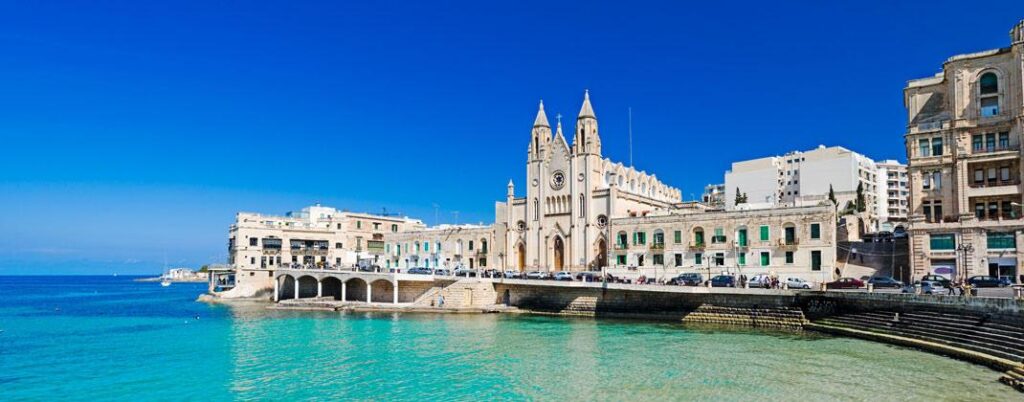Malta
Malta Information
Malta’s economic development concept has recently been focused, besides the Tourism Industry Segment, on the Maltese Financial Services Sector and the as ‘IT-Games of Chance’ Industry.
The Maltese Economy had been untouched by the Financial Crisis of 2008-10 and today outnumbers most European Peers in terms of growth rate and unemployment. Growth rates over 5 % (2017) showing fast economic growth with all its pros and cons.
A robust regulatory and legislative framework has attracted Financial Institutions, Insurances, and Fund Manager.
Today, Malta has established itself as a regional international banking center and a hub for finance in the Mediterranean region.
The Central Bank’s latest projections foresee economic growth over the coming years to remain strong from a historical perspective. From 2014 to 2018, Malta’s real GDP grew 7.6 % on average p.a. Economic growth over the coming years will remain strong, averaging 4.1 % between 2019 and 2022, according to the CB of Malta. The outlook has been adjusted already in 2019 due to the weaker
international outlook. This projection does not include the impact of the Covid-19 on the Maltese economy. It is currently, at the time of writing, expected to have a short-term negative effect on local economic activities worldwide.
The International Monetary Fund (IMF) report on Malta published recently confirms the positive development and the fact that Malta has not had a recession for the past 35 years. However, the IMF echoed the issues of late 2019, the anti-money laundering framework revealed by ‘MoneyVal’ report in 2019, pressures on the infrastructure, and the reliance on corporate taxation
Over the past decade, Malta’s economy has attracted consistent positive reviews by international credit rating agencies. Standard & Poor’s most recent Malta credit rating (Feb 2020) reduced the long-term rating ‘A–‘ from ‘positive’ to ‘stable’. This was done because of the expected sharp drop in the local economic activities emanating from the spread of Covid-19, which will affect negatively external demand from key economic partners.
S&P confirms the ‘A-/A-2’ sovereign rating of Malta.
In May 2020, the Maltese Banking Association list 23 banks as members. In addition, there are over 600 funds registered in Malta. Additional benefits for banking in Malta are found in the following elements:
- Accessible & competent regulator
- Wide usage of the English language;
- Laws/regulation are written in English and Maltese
- Malta joint the EU in 2004 and
- Introduced the EURO in 2008
- Secure location for savings & assets
- Has signed approx. 70 double tax treaties agreement
- Malta’s Banking sector has been judged the 10th soundest in the world
- The banking industry provides a wide range of services incl. custodian banking, trade and project finance, wealth management, ship financing, Islamic banking.
- Early governmental support to allow blockchain & cryptocurrency companies to apply for a local license issued by the local regulator, the MFSA.

Malta after Covid-19
Forecasts form the Central Bank of Malta of economic indicators for 2020 are biased against the Covid-19 impact on the Maltese aggregate supply and demand.
The policy measurements taken by the Maltese government and the ECB will show its impact in due course. Precise numbers or predictions are impossible to present at the time of publishing. Domestic demand will become the dominant force shortly, mainly driven by the increased numbers of foreigners living in Malta.
The pre-coronavirus government budget is expected to remain in surplus over the coming years. The Maltese debt-to-GDP ratio remains in the favorable territory of 35 % in the coming years, indicating also the local potential to develop supporting fiscal policy tools needed during the Coronavirus crisis.
